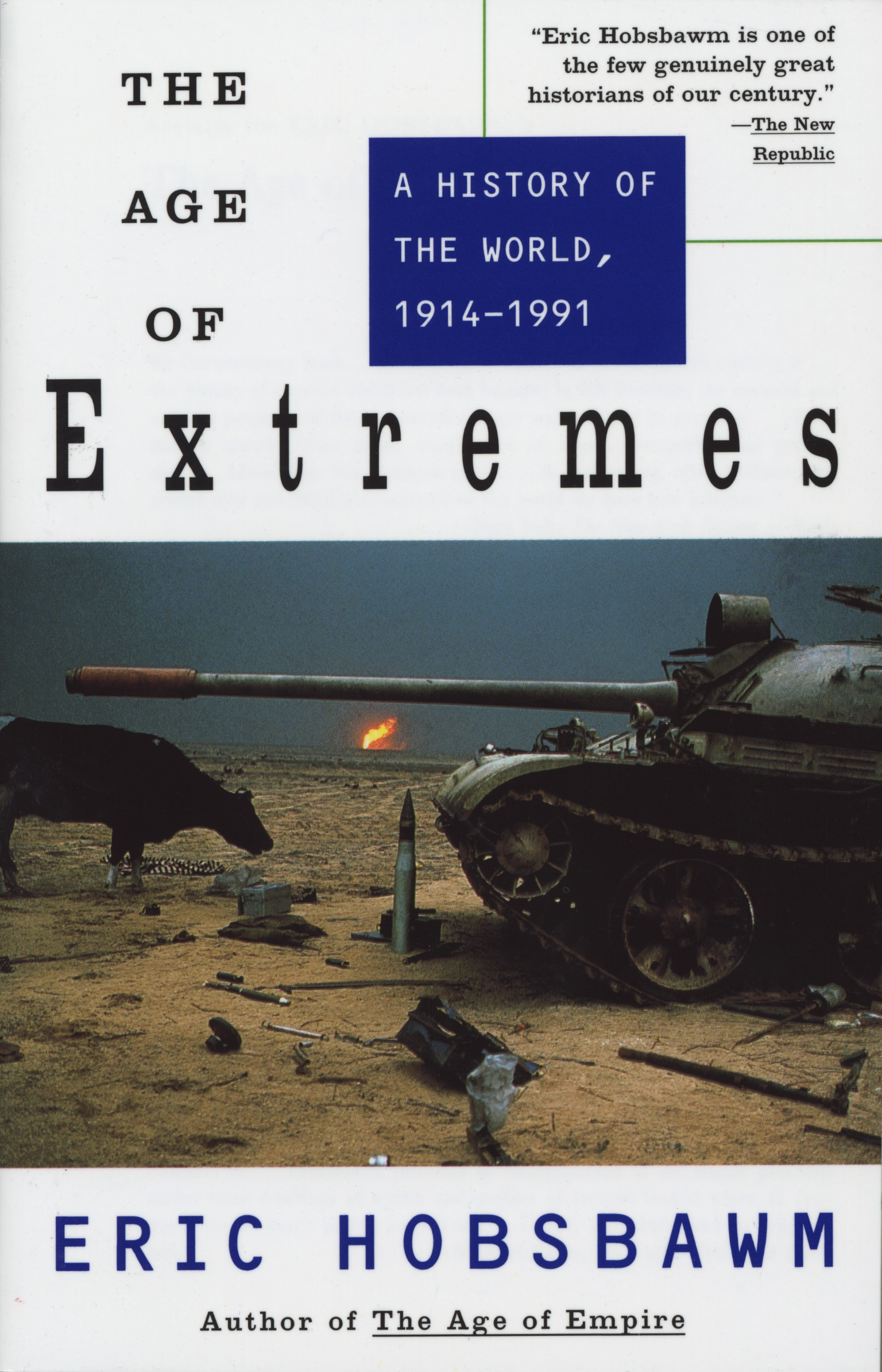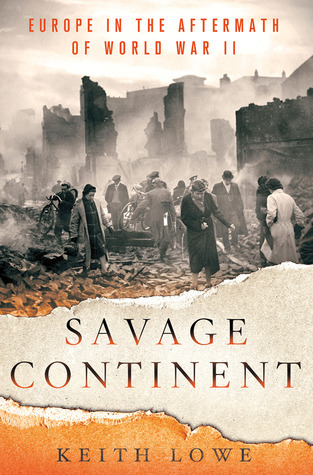
Postwar: A History of Europe Since 1945
Book Description
A continent scarred by war rises from the ashes, grappling with the weight of its past and the promise of a new future. Tony Judt masterfully weaves a tapestry of resilience, exploring Europe’s tumultuous journey from the ruins of 1945 to the dawn of the 21st century. Power struggles, ideological battles, and the haunting memories of conflict shape the destinies of nations. Amidst triumph and tragedy, the quest for identity and unity unfolds. How does a fractured continent forge a new path while confronting its darkest hours? Discover the compelling saga of postwar Europe.
Quick Book Summary
"Postwar" by Tony Judt is a sweeping history of Europe from the aftermath of World War II to the early twenty-first century. The book explores the continent’s social, economic, and political reconstruction as Europeans grappled with the devastation of war and the challenges of creating new national identities. Judt examines the ideological battles between East and West, the gradual process of reconciliation, and the complex interplay between memory, justice, and forgetfulness regarding the continent’s darkest moments. He analyzes the emergence of the welfare state, the rise and fall of communism, and the drive toward European integration. Through rich detail and sharp analysis, Judt reveals how Europe transformed from a fractured battleground into a region striving toward unity and stability, all while confronting recurring questions about its past and future.
Summary of Key Ideas
Table of Contents
Rebuilding and Recovery After World War II
Europe’s recovery after 1945 was marked by physical and psychological devastation. The continent faced dislocation, economic collapse, and deep-seated suspicion between neighbors and states. The initial years were characterized by humanitarian crises and the immense challenges of reconstruction. Aid programs like the Marshall Plan helped Western Europe rebuild physically and economically, while the Soviet bloc pursued a different path under state socialism. Judt highlights the intense relief, optimism, and underlying anxiety as countries tried to create stable societies out of the war’s chaos.
The Rise and Fall of Ideological Systems
Europe’s political and ideological landscape was dominated by the contest between Western democracies and Soviet-imposed communism. The Iron Curtain divided the continent, shaping everything from economies to daily life. Judt delves into the realities behind the slogans, showing how both systems inspired hopes and disappointments. Over time, the Western model of liberal democracy and economic growth strengthened, while cracks in the Eastern bloc emerged under the weight of inefficiency, resistance, and unrest, culminating in the revolutions of 1989.
Memory, Justice, and the Legacy of the Past
Confronting the legacy of war—Holocaust memory, collaboration, and responsibility—proved challenging as societies sought to rebuild. For decades, many countries preferred to forget painful episodes, but from the 1960s onward, memory and public reckoning gained urgency. Trials, monuments, and cultural works forced reexamination of the past, shaping national identities and politics. Judt examines how different countries managed this process, from Germany’s confrontation with its crimes to Western Europe’s uneasy silences.
The Road to European Unity
Integration and cooperation became central themes as Europe sought to avoid repeating its violent history. The formation of institutions like the European Economic Community and later the European Union signaled an unprecedented move toward shared sovereignty and peace. Judt assesses both the achievements and shortcomings of European unity, exploring the persistent tensions between national interests and collective ideals, as well as moments of crisis and renewal along the way.
Social Change and Identity Formation
"Postwar" also explores immense social and cultural change: new roles for women, waves of migration, consumerism, and the reshaping of traditional identities. National cultures were challenged by globalization, Americanization, and the arrival of immigrants. Europeans debated what it meant to be European while contending with economic disparities, regional differences, and new threats. Judt concludes by emphasizing the ongoing quest to balance diversity with unity, and the enduring importance of history in shaping the continent’s future.
Download This Summary
Get a free PDF of this summary instantly — no email required.





